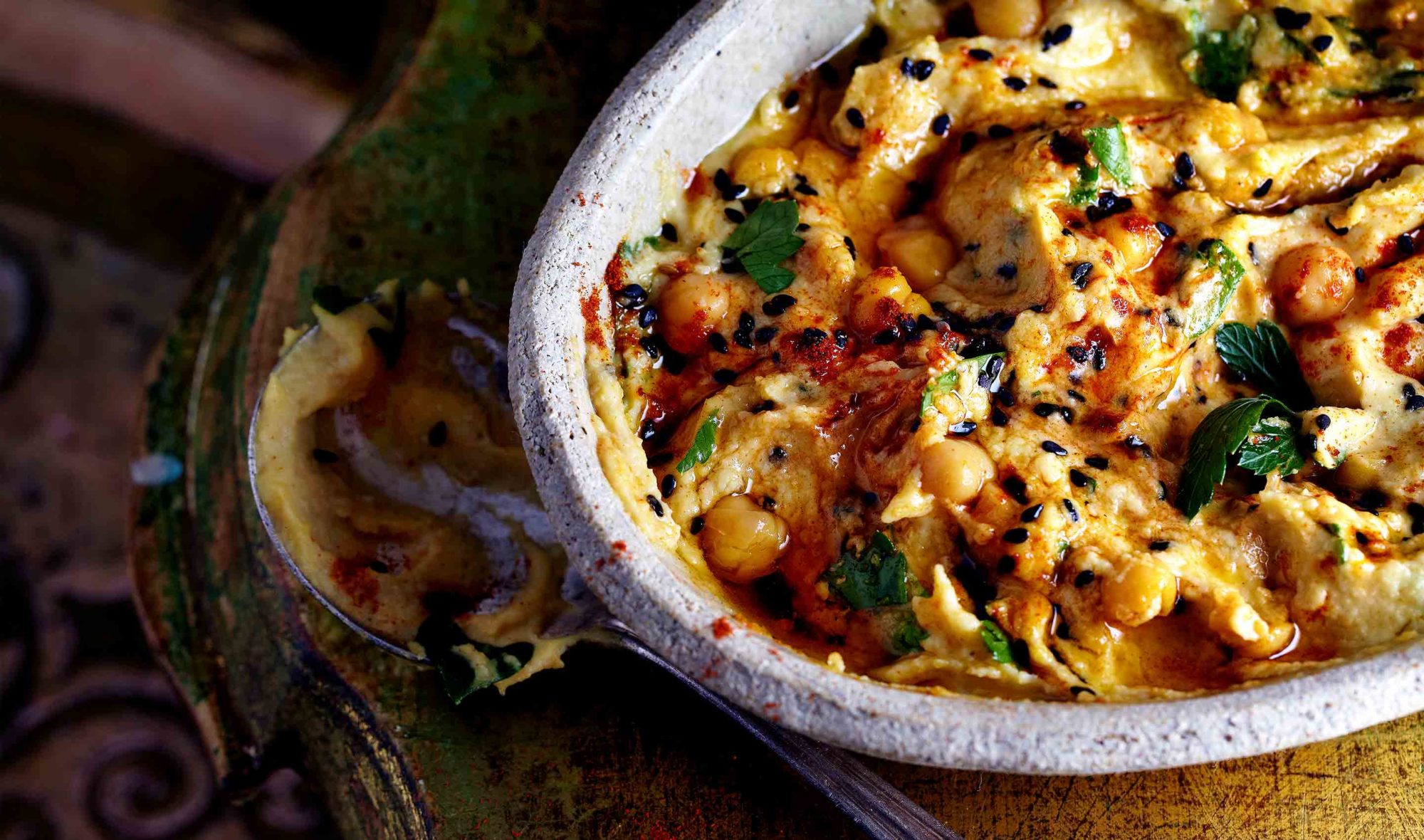
🎁 Holiday Special: SAVE 52% on the Nutrition Coach Starter Package. Limited number remaining.

🎁 Holiday Special: SAVE 52% on the Nutrition Coach Starter Package. Limited # left.

Iron is an important mineral, which takes two forms: heme iron (which is better absorbed and found mostly in meat) and non-heme iron (found in plants). Iron assists in oxygen flow, red blood cell formation and blood vessel growth, energy production, and metabolism function. It also helps other proteins and enzymes take form in the body. Red meat, legumes, spinach, and sesame seeds are all good dietary sources of iron.
Dietary sources of iron include two types: heme iron and non-heme iron. Heme iron is better absorbed and comes mainly from the hemoglobin and myoglobin in meat, while non-heme iron is found in plant food. Vitamin C, organic acids, and meats enhance iron absorption. On the other hand, phytates, polyphenols, and soy protein reduce our ability to absorb iron.
Iron has many functions in the body including:
Iron can be found in several foods including:
Common symptoms and resulting conditions of iron deficiency include:
However, your individual response could be different. If you suspect a health problem or deficiency in certain nutrients, please see your primary health care provider (doctor, naturopath, etc). They can help unravel the complexity of your physiology.
Common symptoms of iron excess/toxicity include:
However, your individual response could be different. If you suspect a health problem or an excess of certain nutrients, please see your primary health care provider (doctor, naturopath, etc). They can help unravel the complexity of your physiology.
Note: Iron overdose is a common cause of poisoning in children.
For recipes rich in iron, check out any of the Encyclopedia of Food entries for food items listed above.
Precision Nutrition’s Encyclopedia of Food expands every single month as we highlight new foods and showcase beautiful food photography. If you’d like to stay up to date, simply click this link. From there, we’ll send you a FREE copy of our recipe book. We’ll also let you know when new and delicious foods are added to the site.
Iron is an important mineral, which takes two forms: heme iron (which is better absorbed and found mostly in meat) and non-heme iron (found in plants). Iron assists in oxygen flow, red blood cell formation and blood vessel growth, energy production, and metabolism function. It also helps other proteins and enzymes take form in the body. Red meat, legumes, spinach, and sesame seeds are all good dietary sources of iron.